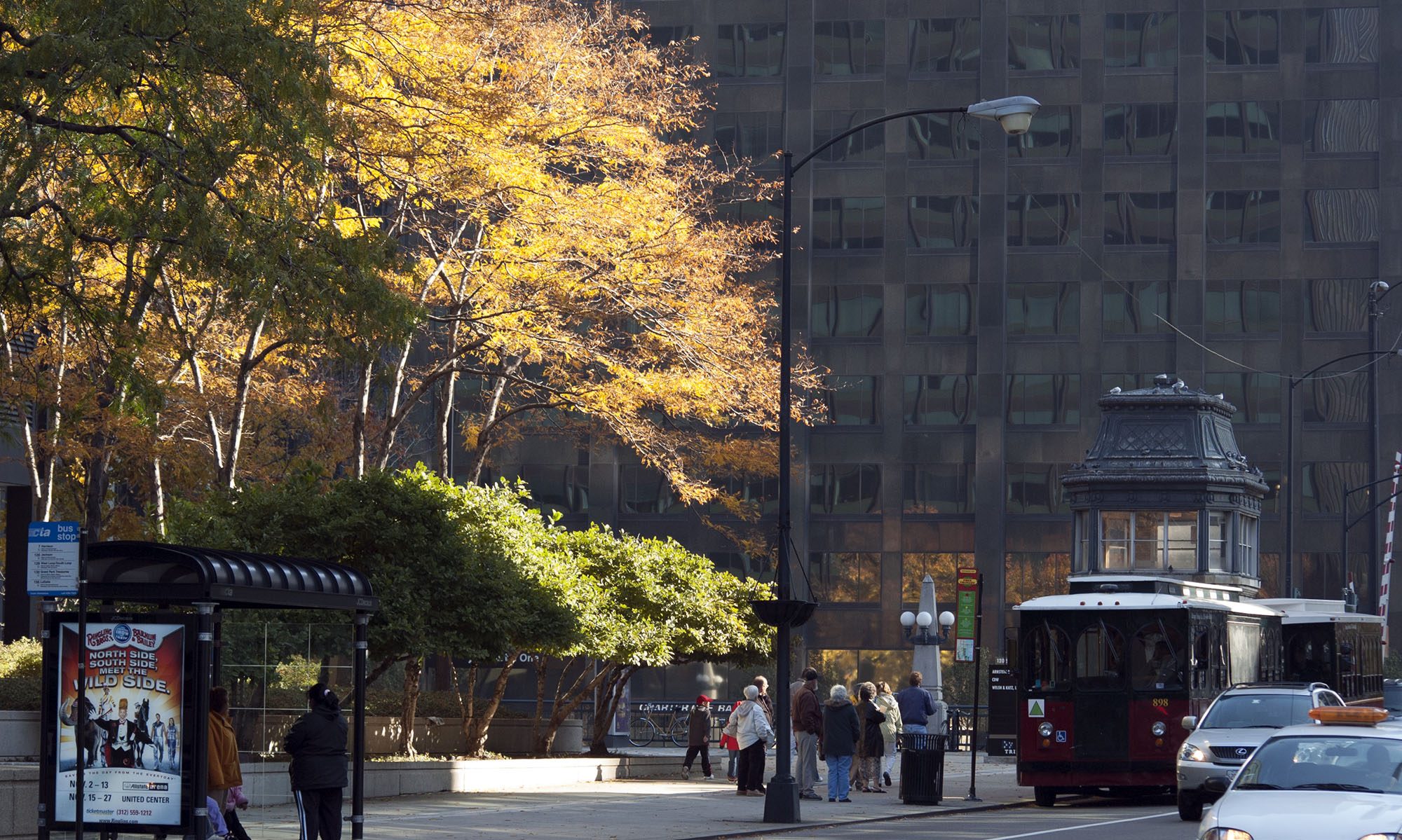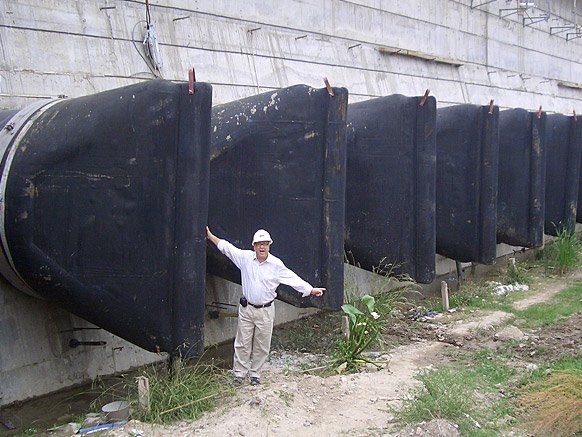It was time for me to upgrade my version of Ubuntu, from 18.04 to 20.04. I upgraded my software, thought I had a clean site, and tried to upgrade in place. After all, upgrading from 16.04 to 18.04 was a simple one line command.
Moving from 18.04 to 20.04 was not so simple, and the upgrade failed. Time to do a manual build of a new server and port my site to it. Which also ended up being more complicated than I thought it would be.
Moving to 22.04
First, if I was going to go through all the work, I was going with the latest Ubuntu LTS: Jammy Jellyfish, otherwise known as 22.04. I spun up a new Linode instance of 22.04 and set to work.
The LAMP installation went very well. I ended up with not quite the latest Apache, since the absolute latest wasn’t supported on 22.04 yet. However, I added the famous Ondřej Surý repository and I was good to go:
sudo add-apt-repository ppa:ondrej/apache2 -y
MySQL is 8.0.29 and PHP is 8.1.
All that certbot stuff
I had manually built a new server when I went from 14.04 to 16.04, but times have changed. That move was pre-HTTPS, pre-HTTP/2, pre-HSTS (HTTP Strict Transport Security), well, basically, pre-everything. I had the support in my existing server, so I know my pages and installation are clean. But the sheer amount of work to set it up again was a bit daunting.
Thankfully, since I had made these moves in the past, my site was already clean. All that I needed to worry about was installing certbot to manage my Let’s Encrypt digital certificates.
You’d think moving a server wouldn’t be that unusual, but neither Let’s Encrypt nor certbot cover what to do when your certificates are on one server and you need to set them up on another. Searching online gave me two options:
– copy everything and change symbolic links for the certificates
– just install new certificates on your new server, and delete the old
And that’s when things got sticky.
Where am I and who is managing my IP address?
When I made the move to 16.04, I was manually setting up my network configuration using ifupdown and editing the /etc/network/interfaces file. But when I went to 18.04, netplan was the new kid on the block for network configuration.
The problem is, I had one foot in both camps. So when I tried to access a test page on the new server, it failed. I certainly couldn’t run the certbot web validation for installing a new digital certificate if I couldn’t even serve a simple page on port 80.
In addition, Linode has the ability to manage network configuration for you automatically, so if you change servers and IP addresses, you don’t have to do a thing. But when I tried to turn it on, even SSH no longer worked. I had to restore the site from a backup.
It took a bit of painful digging around, but I finally upgraded my network configuration to netplan, and only netplan. I could now use SSH again, and install a new digital certificate for my test domain. But then, things got tricky again.
I hate the old propagation thing
When I created the new Linode server, I installed it in the Atlanta data center rather than the Dallas center I was using with the old. After all, Atlanta is now only a couple of hours away.
But doing so meant when I switched, I had to update my name registrar to set my DNS entries to the new server IP addresses. This is a pain, in itself, but it’s also a bit of a fragile time when trying to determine if my site will work on the new server. After all, you don’t want to permanently change your IP address only to find out your site doesn’t work, and then have to change it back. And digital certificates kind of mean you have to have all or nothing.
Thankfully, Linode had a peachy keen workaround: swap IP addresses. If two servers are in one data center, you can swap the IP address between them.
Of course, doing so meant I had to migrate my existing site to the new data center and change the DNS entries, but still, it would be worth it to be able to switch back and forth between servers when making major modifications. And the migration should be a painless button click from the Linode cloud control manager.
So, I migrated my old Linode VPN to Atlanta, and then tried to swap the IP addresses. Crash and Burn.
IPv4 and IPv6
What I didn’t know about the Linode IP swap facility is that it only swapped the IPv4 address, not the IPv6 address. So when I did the following
ip -a
My IPv4 address reflected the new server, but my IPv6 address reflected the old, and everything was just broken. Again.
The only recourse at this point was to bite the bullet, make the move to the new server, do the DNS propagation, and then deal with the digital certificates. I put up a warning page that the site might be off for a time, had a coffee. and just made the move.
After the move, I thought about doing the Let’s Encrypt digital certificate copying like some folks recommended, but it seemed messy—sort of like the network configuration issue I had just cleaned up.
I used certbot to do a new installation, and the move was flawless. Flawless. This is really the only clean way to move your site to a new server when you’re using digital certificates:
– Make sure you site can support port 80, at least temporarily
– use certbot to generate new digital certificates for your site(s)
– delete the old server and certificates
Five Years. I’m good for five years.
So here you are and here I am: on the new server with all new software on the data center closest to me, with clean, uncrufty network configuration and sparkly digital certificates.
Best of all?
Jammy Jellyfish has standard support until April, 2027. I’m good for five years; ten if I want extended support. And who knows where I’ll be in ten years.
Probably back here, doing it all over again.




